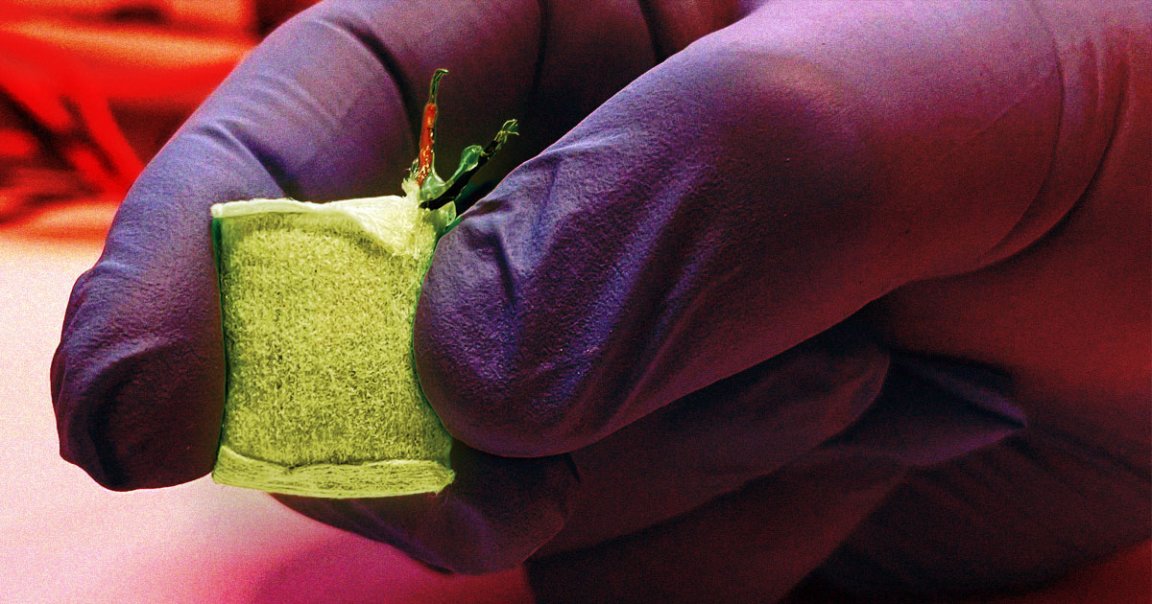
A team of researchers has come up with an implantable fuel cell that they say can manage type 1 diabetes — and make use of glucose in the body to power itself instead of relying on an external power source.
The device, devised at ETH Zurich in Basel, Switzerland, can release insulin depending on the patient’s blood sugar levels, a task that is conventionally taken care of by an insulin pump attached to the outside of the body.
Powering these tea bag-like gadgets is less convenient, as they require a reliable supply of energy from a single-use or rechargeable battery.
But what if such a device could be powered by the body’s existing excess source of energy instead?
“Many people, especially in the Western industrialized nations, consume more carbohydrates than they need in everyday life,” said ETH Zurich researcher Martin Fussenegger, lead author of a paper published in the journal Advanced Materials, in a statement. “This gave us the idea of using this excess metabolic energy to produce electricity to power biomedical devices.”
Copper-based nanoparticles of the tea bag device split glucose into gluconic acid as well as a proton that forms an electric circuit. A fabric made of alginate, a medical-use-approved material, which is derived from algae, allows the implant to soak up body fluid and provides a steady stream of glucose fuel.
Artificial beta cells, which can be stimulated to turn an electrical current into insulin, they say, turn the device into an implantable insulin pump with a virtually unlimited power source.
In fact, there’s enough power to even have the device communicate with a smartphone, potentially allowing users to easily keep track of blood sugar levels and the device’s status.
For now, the device is still in the prototype stage, but early tests involving mice already proved successful. The researchers are now looking for an industry partner to turn the device into a reality — potentially a dream come true for those with type 1 diabetes.
More on diabetes: Secret Apple Project Tracks Blood Sugar Using Apple Watch